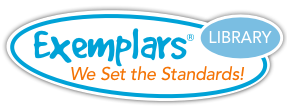Number Concepts and Place Value Unit
The Number Concepts and Place Value Unit involves understanding the relative positions of numbers in our numeration system and that numbers can be used to name groups of objects in order to answer questions such as:
